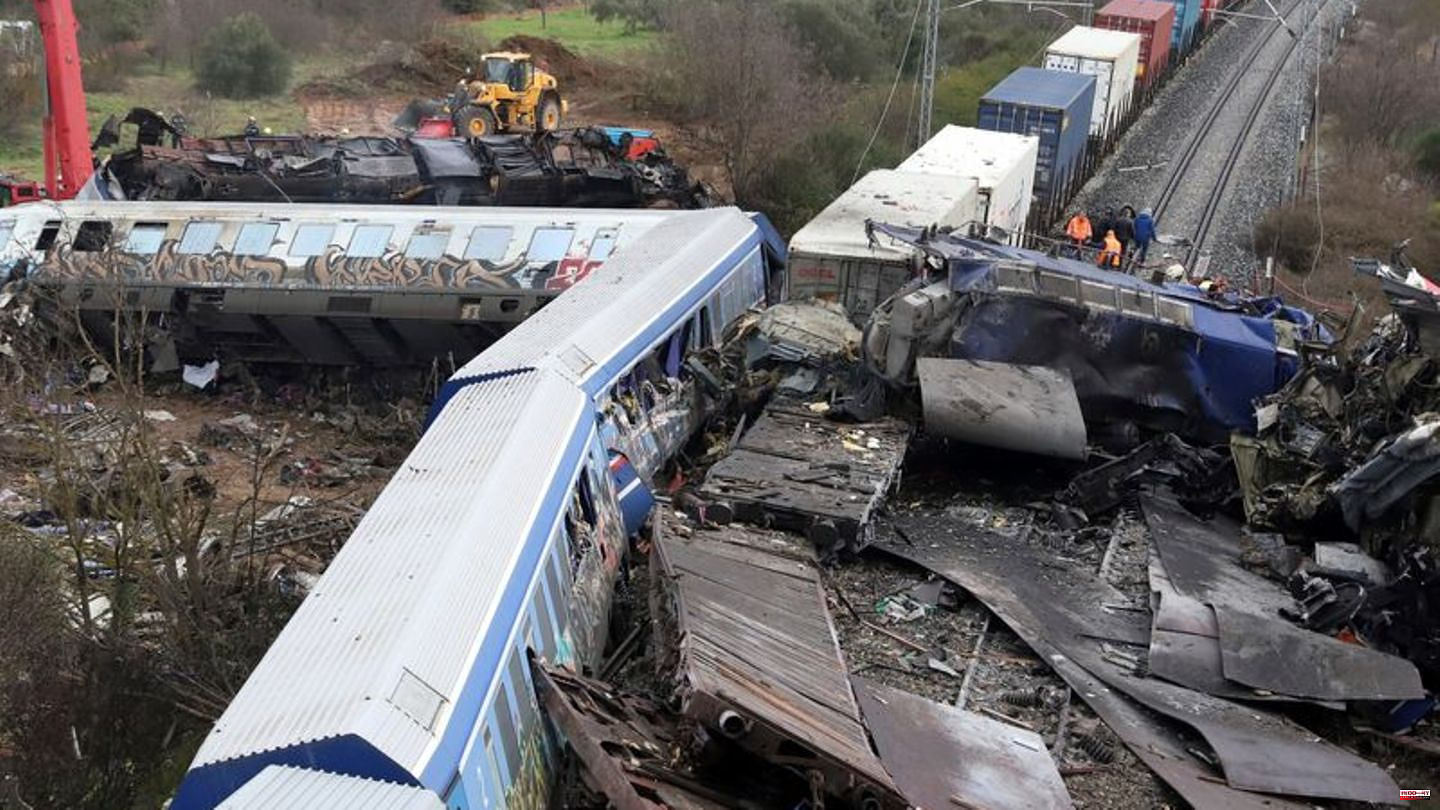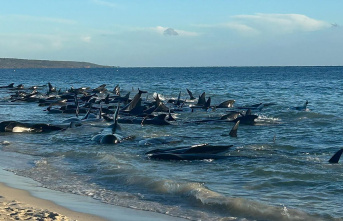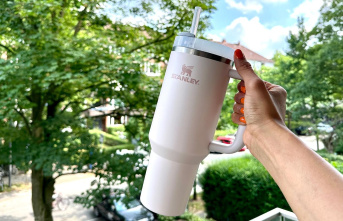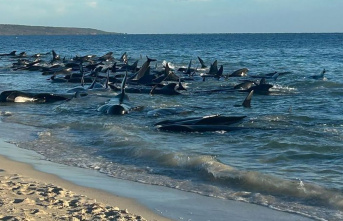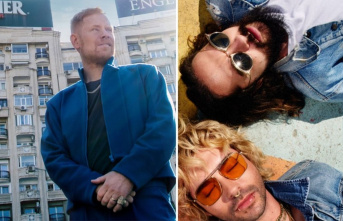At daybreak, the extent of the serious train accident only becomes clear: the scene of the accident is like a field of rubble, the front carriages of both trains were almost folded up by the impact and burned out, as drone footage on Greek state television showed.
At least 36 people were killed in a head-on collision between a passenger and a freight train in central Greece late Tuesday evening, several were found dozens of meters from the tracks. At least 66 passengers were taken to nearby hospitals, some seriously injured. The Greek government ordered a three-day state mourning.
There is disbelief across the country
The death toll could still rise. On Wednesday morning, the salvage work continued with cranes and heavy equipment and also with sniffer dogs. According to the state broadcaster ERT, many more deaths were feared in the rubble. Because of the extent of the destruction and the fire, the victims could mostly only be identified by means of DNA analysis, it said.
The railway workers' union said it was the worst train accident in the country's history. Rescue workers and reporters on site, but also across the country, are stunned. How is it possible that the Intercity from Athens to Thessaloniki with around 350 passengers on board was traveling on the same track as the oncoming freight train, even though the route has been expanded to two lanes?
The exact place of the accident could not be identified at first
Initial assumptions about the cause of the accident point to human error. According to media reports, the electronic guidance system did not work on the route. Therefore, the respective station masters were responsible for the correct forwarding of the trains. The passenger train could have been sent from the Larisa train station onto the wrong track, on which the freight train later came to meet it. Due to the lack of a control system, the exact location of the accident could not be identified at first, the broadcaster ERT reported - the rescue workers would have had to look for the spot first.
The railwayman responsible for the section had already been arrested, it said. Other employees and technicians would be questioned. The traffic authority of the nearby city of Larisa has started investigations into the cause of the accident. Many connecting railway lines were closed to train traffic for the time being.
Many students among the passengers
At the destination station in the northern Greek port city of Thessaloniki, desperate relatives gathered at night, and telephone hotlines were set up. Around 200 passengers, who were not injured or only slightly injured, were taken by bus from the scene of the accident to Thessaloniki, 150 kilometers away. But some relatives waited there in vain. Many of the passengers are said to have been young people, students who were on their way to the University of Thessaloniki after a long weekend due to a public holiday.
"I thought I was going to die," a passenger told the Kathimerini newspaper. According to his own statements, the young man was sitting in one of the rear wagons. He sought protection on the ground, people screamed and cried. Other passengers reported that they smashed in the windows and managed to get out of the half-tipped carriage in the dark.
Many states expressed their condolences. Turkish Foreign Minister Mevlut Cavusoglu spoke to his Greek counterpart Nikos Dendias on the phone. EU Commission President Ursula von der Leyen wrote on Twitter that all of Europe mourns with Greece.
Despite the modernization with new bridges and tunnels and two tracks along the entire 500-kilometer Athens-Thessaloniki route, there have long been significant problems with the electrical coordination of traffic control, according to state television. "We're driving from one section of the line to another by radio like in the old days. The station managers give us the green light," said Kostas Genidounias, president of the train drivers' union on state radio. He couldn't say why the modern control system wasn't working. The Greek railways (Hellenic Train) are operated by the Italian state railway Ferrovie dello Stato Italiane (FS).

